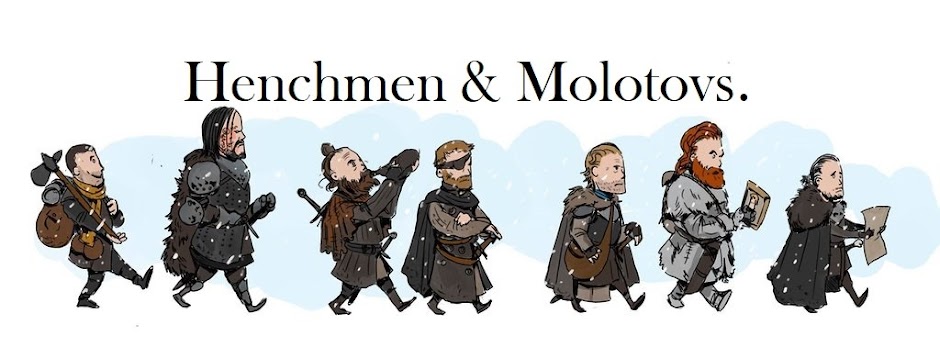Dungeon design - 9 principles
1. Multiple entrances and exits. At least two
obvious and at least two secret ones. Add information to each entrance to the
dungeon giving the players clues as to what they might discover in that area.
Carvings and glyphs, types of monsters guarding that door, etc.
2. Consider the dungeon’s original purpose. Ex.
Prison is not a fortress is not a wizard’s tower is not a natural cavern
converted into monster space is not a dwarf or kobold delve. Consider shape and
materials. Consider the kinds of traps and which way they would face.
3. Levels. Each one should have a theme. Some
levels will have stairs or other vertical passages within the level. Think of
super Mario bros in terms of level theme. These levels also represent a
gradation of danger. The higher-numbered levels are more dangerous. These do.
It have to be literal stacked vertical levels but you should have different
areas of the dungeon where more dangerous ones are farther away from the
dungeon entrance than less dangerous ones are. Give the players some
good clue that they are transitioning to the next level. There is a gambling
aspect here (risk/reward) that players love - more choices.
4. Have physical loops in your dungeon. Looping
paths give good guys and bad guys both tactical choices to make. It also gives
exploration choices, and grants the players a sense of discovery if they
complete a loop that is not obvious.
5. Add some verticality. Not just the stairs or a
chute, but trap doors and even shafts. Have a tall cavern. Rooms with galleries
where PCs can look down or shoot down, and so can enemies. Players enjoy being
able to use their rope. They enjoy finding their characters can go up, over
obstacles and down again and not just have to push through.
6. At least one secret area - an area only
accessible through a secret or concealed door. Elves are good at noticing these
things. Other characters have a good shot too. There should be clues pointing
towards them so an observant player will have a chance to “defeat” you. Hold on
the map, gap between evenly spaced doors, breeze blowing candles coming from…
nowhere. Dungeons where everything is meant to be discovered doesn’t really
feel like discovery.
7. Weirdly shaped/filled rooms. Tall, pentagon,
water hazards. Pillars, debris, low walls, statues. Analogously, rooms with
surfaces of an unusual material or with interesting frescoes, etc. consider
different architectural motifs for different areas of the dungeon (levels or
inside levels.)
8. Choke points. Allows a few to battle many (or
inferiors to gang up on superiors.) bridges, corridors, low or tight doorways,
high ground within a cavern, places with good cover.
9. Spying opportunities. Listening at doors.
Scrying spells. Portcullis and bars - enemies can communicate but can’t pass.
Rooms with echoes that will allow hearing sounds at a great distance. One-way
mirrors.


No comments:
Post a Comment
Stay focused.